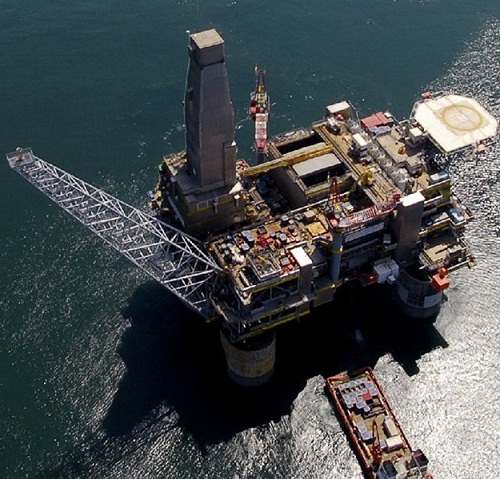Scientists have used satellite imagery to quantify the volume of methane emissions produced during fossil-fuel extraction activities and used it to estimate the impact on the climate.
The satellites found hundreds of major methane releases linked to global oil and gas extraction activities.
The technology could be used to stop these releases, whether they are accidental or deliberate, to save the responsible countries billions of dollars.
A major contributor to climate change, methane has a global warming potential approximately 30 times higher than that of CO2 over a 100-year period. One quarter of anthropogenic emissions of this greenhouse gas originate in worldwide extraction of coal, oil and natural gas (of which methane is the main component).
The researchers have completed a global tally of the largest emissions of methane into the atmosphere by the fossil-fuel industry.
To obtain their data, the researchers methodically analysed thousands of daily images generated by the ESA’s Sentinel-5P satellite over a two-year period. This allowed them to map 1,800 methane plumes around the globe, of which 1,200 were attributed to fossil-fuel extraction. They deem the impact of such releases on the climate comparable to that of 20 million vehicles on the road for one year.
They demonstrated that these massive releases of methane are not randomly located but always appear over particular oil and gas extraction sites.
By taking into account the underlying social costs related to climate change and air quality, as well as the monetary value of gas wasted, the study actually shows that limiting them would yield billions of dollars in net savings for the countries in question.
It emphasises the need for a reliable atmospheric monitoring system to thoroughly track emissions and estimate the impact of local measures aimed at abatement.
A separate study in 2018 revealed that official US inventories greatly underestimated actual emissions from oil and gas extraction and distribution activities. The observed discrepancy is apparently due to undeclared sporadic releases of large quantities of methane by industry operators.
Last year, a University of Bristol team said that Earth observation satellites are essential tools for tracking the progress of climate change in real time and holding nations to account when monitoring their progress in meeting Paris Agreement goals.
Source: E&T










